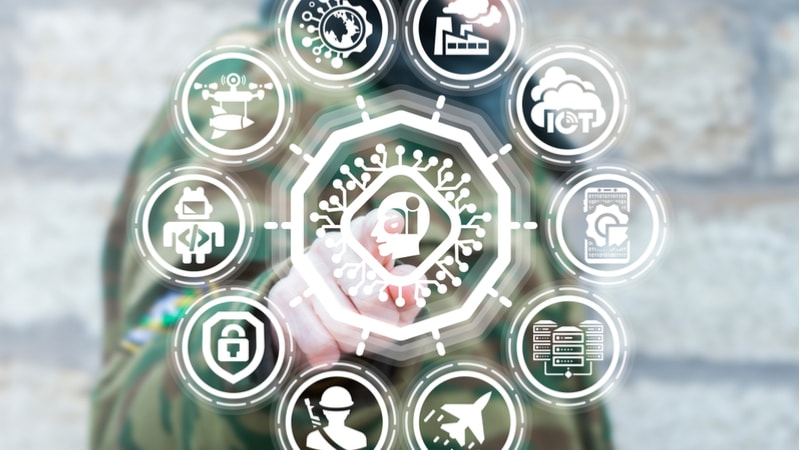
The U.S. Army is increasingly leveraging artificial intelligence capabilities – including predictive analytics and machine learning – to enhance decision-making, battlefield awareness, and equipment reliability, a senior service official said this week.
During the latest episode of the GIST Leadership Series on Aug. 14, Sharon Morris, chief data analytics officer for the Army’s Communications-Electronics Command (CECOM) Software Engineering Center (SEC), highlighted the growing role of AI in data analytics to deliver real-time situational awareness and actionable intelligence.
“This is done by integrating various sensors, drones, and data from reconnaissance units to help us give that comprehensive picture,” Morris said, noting that these technologies are helping to create a more complete and timely understanding of the battlefield, giving commanders an edge in high-stakes, fast-moving environments.
Morris noted that AI is not only enhancing battlefield awareness but also driving improvements in system reliability. By applying machine learning models to maintenance data, the Army can now anticipate equipment failures before they occur. This predictive maintenance approach has raised average system uptime from 85 percent to 95 percent — an improvement that directly impacts mission readiness and operational effectiveness.
“That was a 10 percent increase with the uptime, and for our warfighters, that’s super important for them to be able to have that,” Morris said.
The use of AI, she added, is becoming essential not just for battlefield operations but also for internal efficiencies, helping the Army optimize processes and better manage its technology infrastructure. By incorporating generative AI, predictive analytics, and business intelligence tools, the Army is improving “visibility into day-to-day processes and driving greater efficiency across its systems,” Morris explained.
Morris also emphasized that security is a critical component of the Army’s approach to data and AI. To support this, the SEC has developed a suite of platforms designed for modern software engineering that comply with the Pentagon’s rigorous cybersecurity standards. These platforms provide secure, end-to-end development environments and integrate continuous integration and continuous delivery pipelines to streamline and fortify software deployment across Army systems.
“First and foremost, it’s about having strong security and compliance in place on these platforms, including end-to-end encryption, zero trust, and adherence to all [Pentagon] standards. Then there’s data management and governance, which are crucial for the platform. This includes lineage tracking, data quality, tools, and lifecycle management. After that, you can focus on scalability and performance,” Morris said.
However, she explained that because data sensitivity varies across classifications, there is sometimes a trade-off with performance, and currently, solutions remain limited as research continues.
One example currently being researched is secure multiparty computation – an encryption technique that allows multiple parties to jointly compute functions using their private inputs without revealing those inputs to each other. This approach is similar to the cryptographic concept of zero-knowledge proofs, where one party can prove something to another without sharing any additional information.
While promising, this area requires more research, she explained.
“There’s still some research in that area … [to] make sure that we can treat sensitive data … and be able to use it for analytics, and also ensure that the performance is fair,” Morris said.
